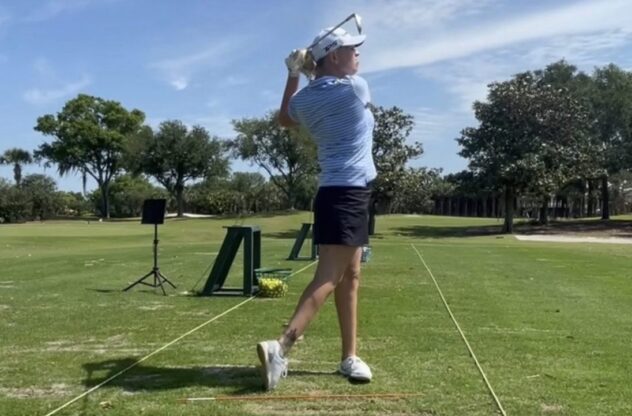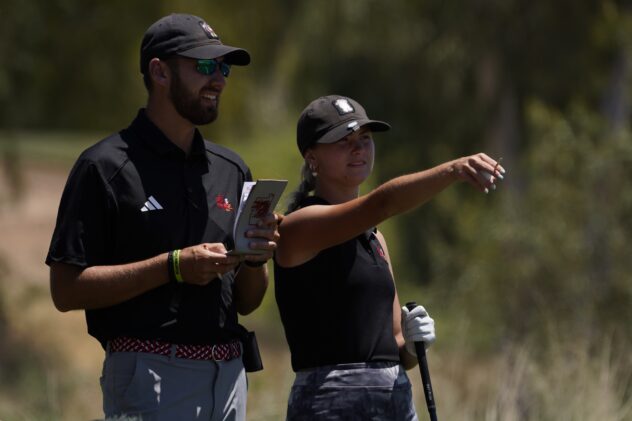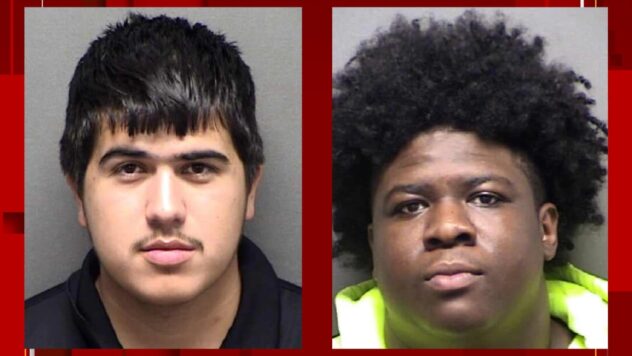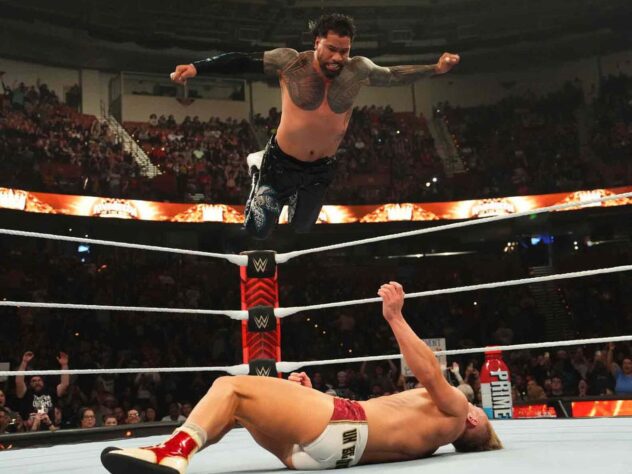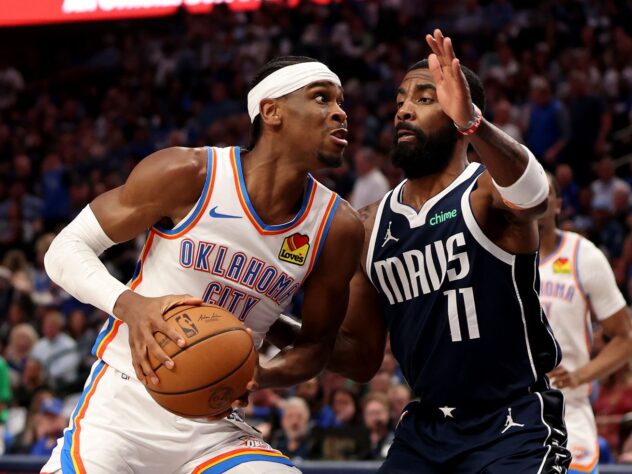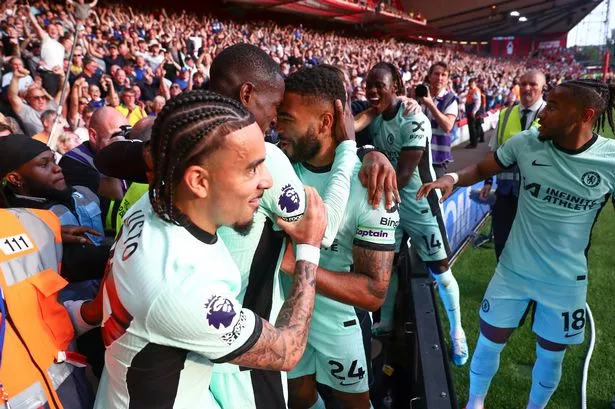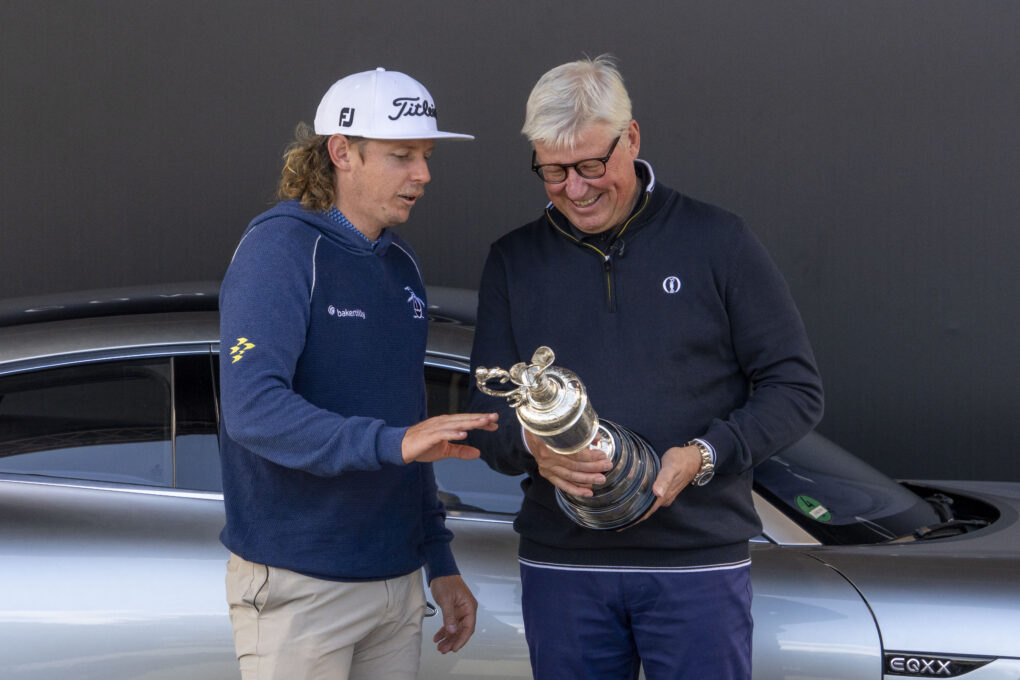

HOYLAKE, England — The organizations that run golf’s major championships share a common mission — foundational for some, adopted more recently by others — to grow the sport while preserving its values. This shared mandate distinguishes those bodies from the professional tours, which use similar platitudes as window dressing on their actual objectives of rewarding members and executives.
Against that goal, the PGA Tour has exceeded expectations, and perhaps good taste. World No. 1 Scottie Scheffler has played 19 events this season, won twice, and averaged north of $1 million per start, with the fertile fields of the FedEx Cup playoffs still to be plowed. Granted, Scheffler has produced consistently high finishes during this campaign, but the Tour’s benevolent new economics are less trickle-down than tsunami. Patrick Cantlay hasn’t won this season but his prize money through July 20 exceeds Brooks Koepka’s haul in 2019, when his three wins included a major. The average on-course earnings on the PGA Tour currently stand at $1.8 million, with seven events and bonuses still to count. Why? Because of events like the Arnold Palmer Invitational. In 2021, the API’s purse was $9.3 million. A year later, it was $12 million. This year? $20 million.
In an effort to keep pace with the PIF, the PGA Tour is delivering financial windfalls not seen since Bernie Madoff was the toast of Wall Street.
LIVE LEADERBOARD: The Open Championship Tournament Leaderboard Scores, Schedules, Pairings and More
The same upward trend is apparent in major championships. Two years ago, the average prize fund at a major was $11.875 million. In 2022, it was $15.375 million. Now it is $18 million. The purse for the 151st Open Championship at Royal Liverpool is $16.5 million, a bounteous sum to be sure, but last among the big four and reflective of the R&A’s status as the most threadbare body in men’s golf. This is probably why the organization’s chief executive, Martin Slumbers, bemoaned the money arms race Wednesday at Royal Liverpool.
“Significant increases in prize money in the men’s professional game has resulted in the long-term reassessment of the business model for professional golf. As custodians of the game, we have to balance the prize fund at The Open with ensuring the appropriate investment in grass-roots and new golf initiatives, ensuring pathways are in place from elite amateur golf to the professional game, and most importantly, promoting women and girls’ golf, both amateur and professional,” Slumbers said. “There’s no doubt that our ability to achieve this has been impacted by the much more rapid acceleration in men’s professional prize money than we had anticipated or planned for.”
Golf’s sustainability debate has shifted from the environment to green of another kind.
No sooner had Slumbers lamented the very existence of a money race than he pulled on his skates and tried to cut in at the head of the pack. Asked if the R&A will accept largesse from the Saudis, he offered this: “We have a number of large corporate partners that help us make this thing happen. I think the world has changed in the last year. It’s not just golf. You’re seeing it in football. You’re seeing it in F1. You’re seeing it in cricket. I’m sure tennis won’t be that far behind.”
Not by accident did he cite sports in which the Saudi sportswashing enterprise is established or currently circling.
“The world of sport has changed dramatically in the last 12 months, and it is not feasible for the R&A or golf to just ignore what is a societal change on a global basis,” added Slumbers, who has the mien of an aging Harry Potter. “We will be considering within all the parameters that we look at all the options that we have.”
Translating Slumbers, it’s unpalatable that the R&A allow others to burrow into the Saudi trough without donning a napkin of its own. It ought to be a jarring juxtaposition to hear an industry leader talk in one breath about promoting women and girls, then in the next breezily signal his willingness to cash a check from a misogynistic regime to finance that mission. To paraphrase Adlai Stevenson’s observation on Richard Nixon, it’s the equivalent of chopping down a redwood and then mounting the stump to deliver a conservation speech.
There is a way in which the R&A – like the Masters, PGA of America and USGA — can underwrite the noble work at hand without resorting to putting a cash value on their proudly-held values.
There’s never been a more pronounced divide between legacy and lucre at the elite level of golf, a gap that’s sure to grow as yet more money pours in from either the Saudi Public Investment Fund or from private equity, depending on which faction on the PGA Tour’s Policy Board carries the day. The fixation on money diminishes players and the platforms on which they compete, but it elevates the majors, cementing their status as the events upon which legacies are built. Which is why the majors should not try to keep up in the cash competition but rather abstain entirely.
Make the prize fund zero. Not a dime.
Instead of being just another lucrative payday for players, let majors be an opportunity for them to give something back to the game that is enriching them. A stipend can be provided to cover costs, otherwise the $72 million paid out at majors this year can be redirected to growing the game, a cause for which every organization professes passion. Winning a major has never been about the size of the check and nor would it be diminished by the absence of one.
A few disgruntled players might choose to stay home every April because the Masters says no mas, but not many. Every player knows that the long-term career value of winning one of the sport’s premier titles far exceeds the amount earned on the day. Professional golfers have never enjoyed more opportunities or greater rewards. Their present day is plenty good enough. Let the majors be a vehicle to invest in golf’s future.



